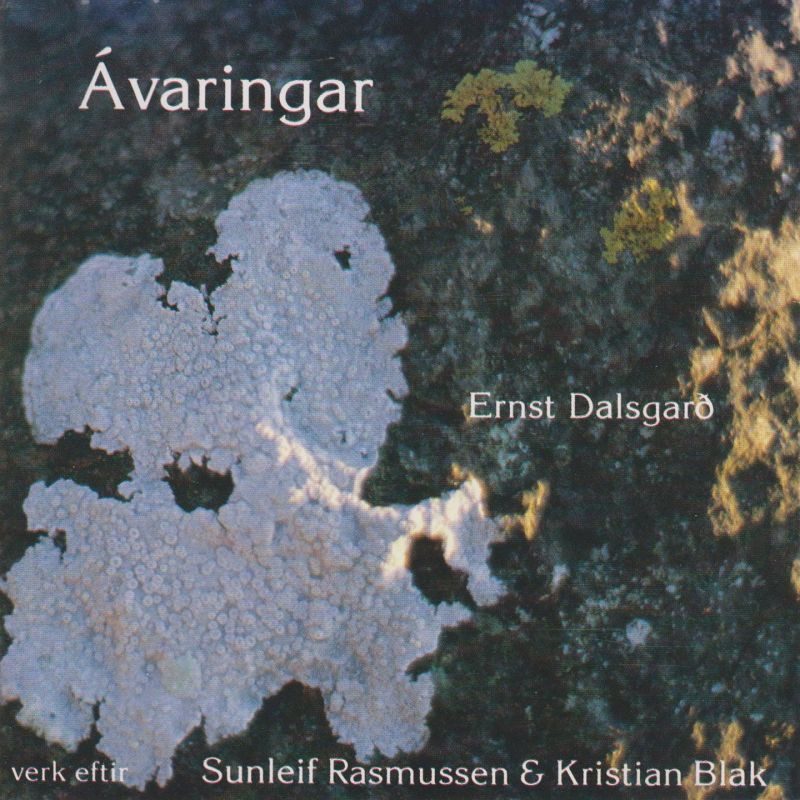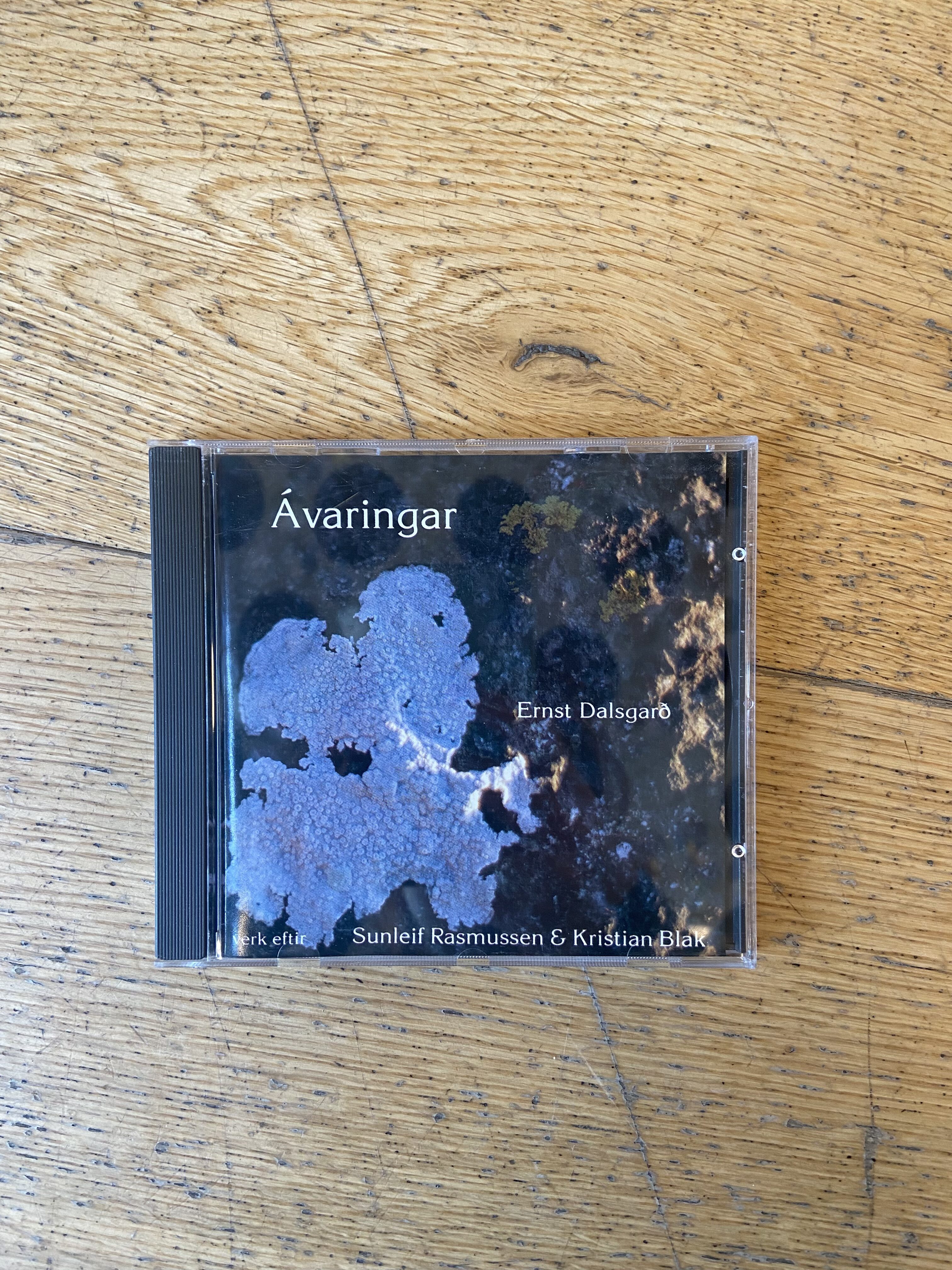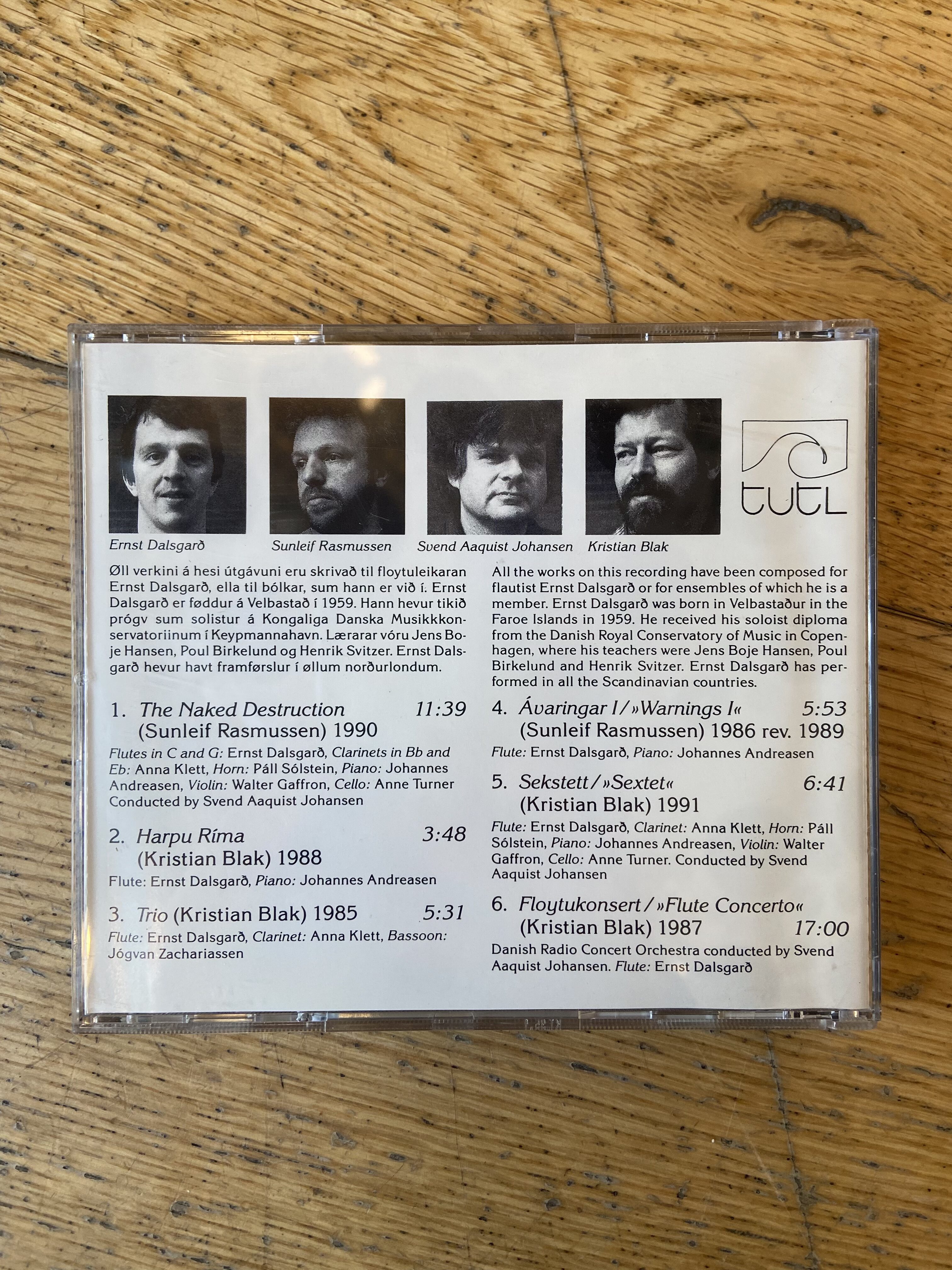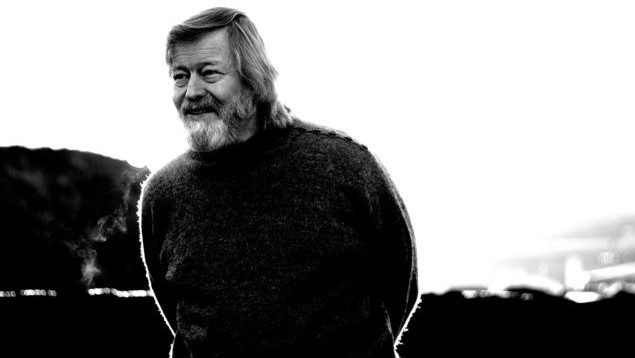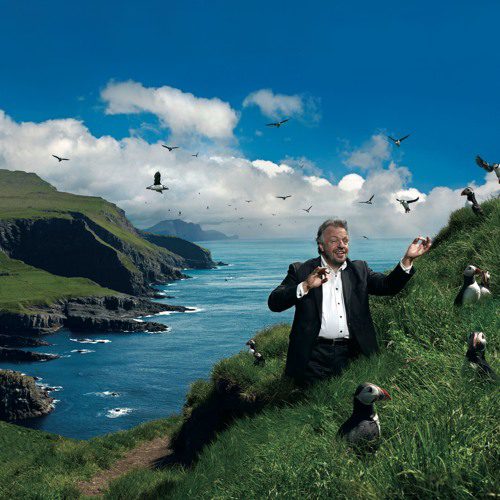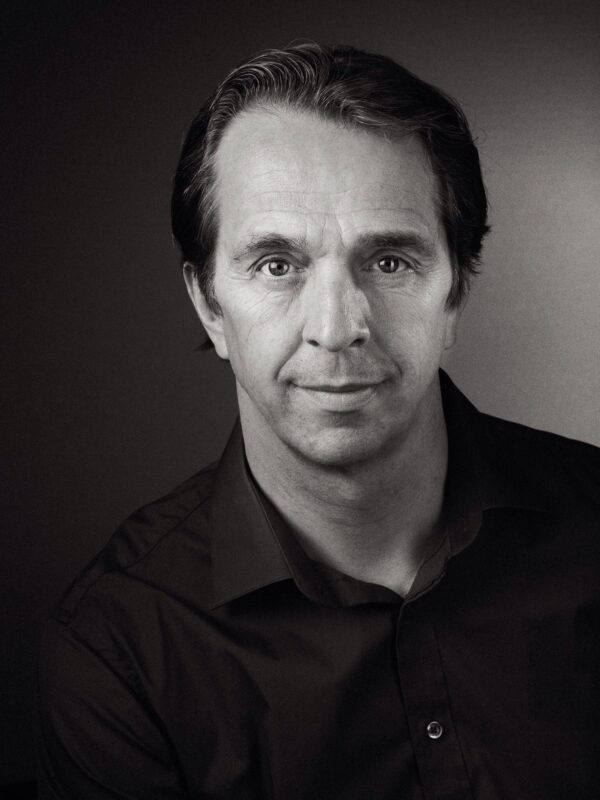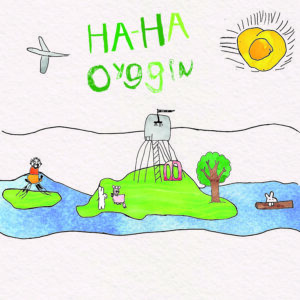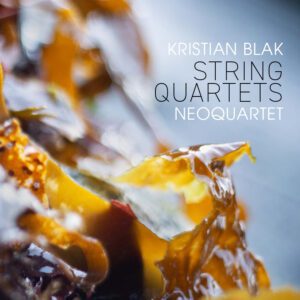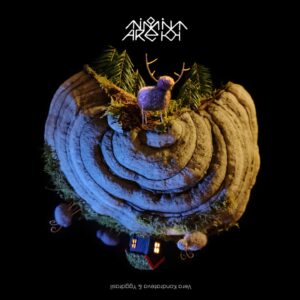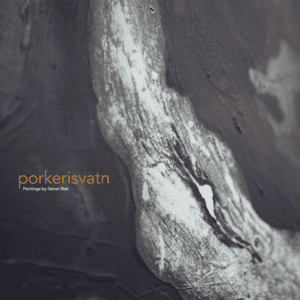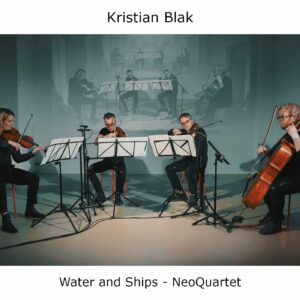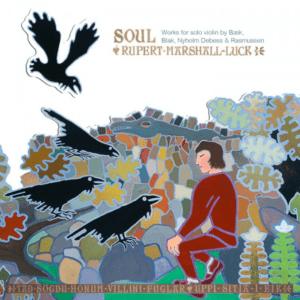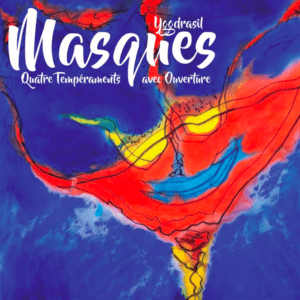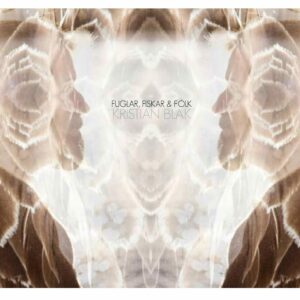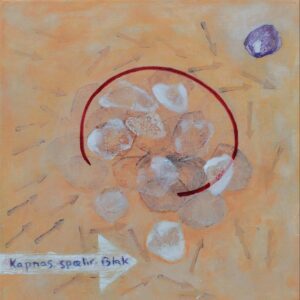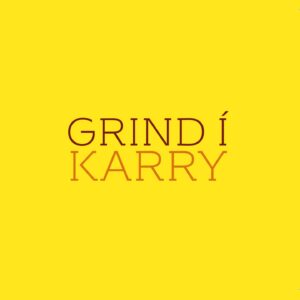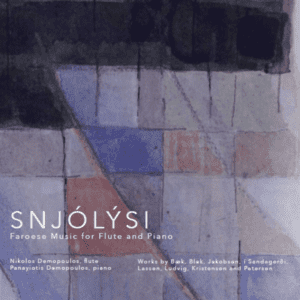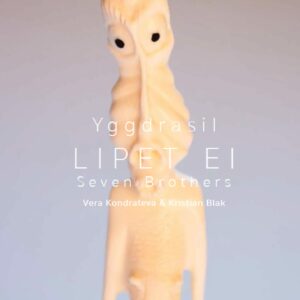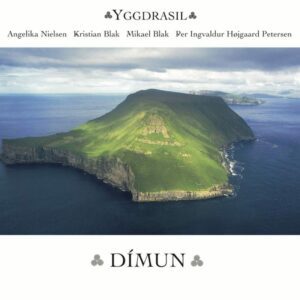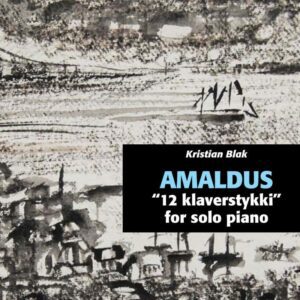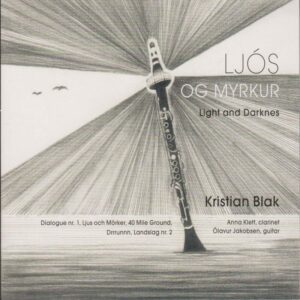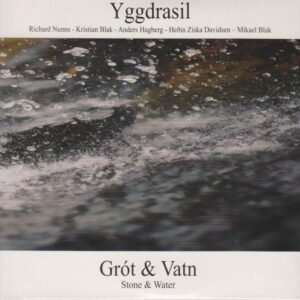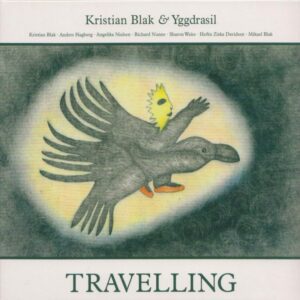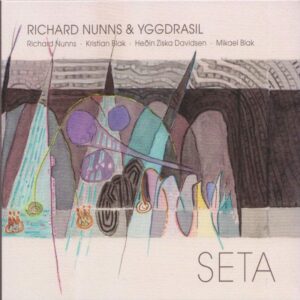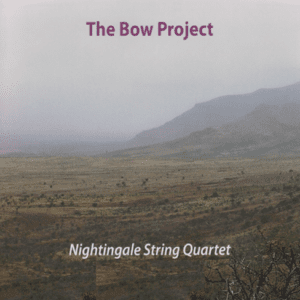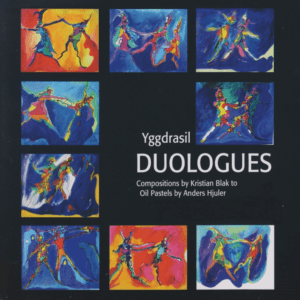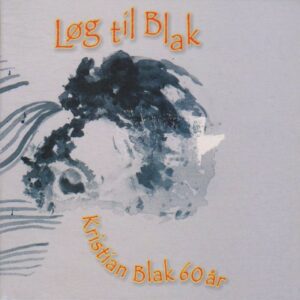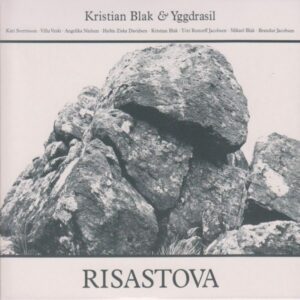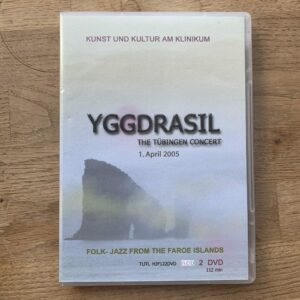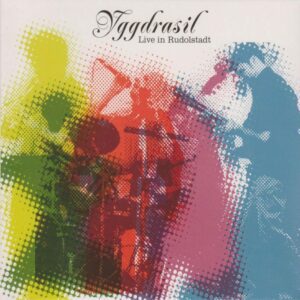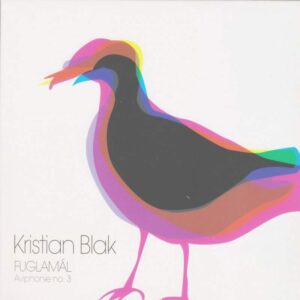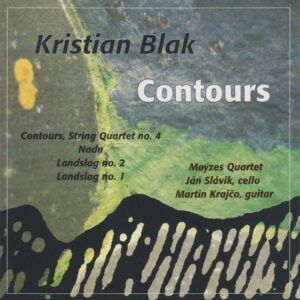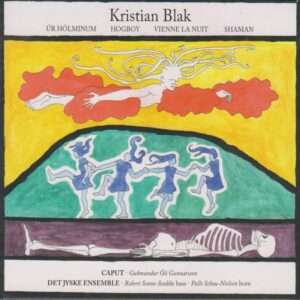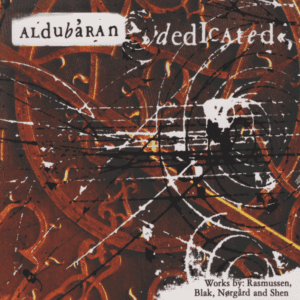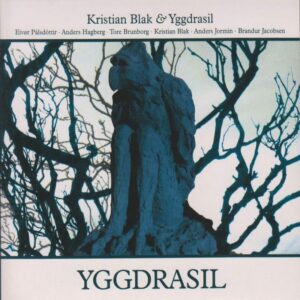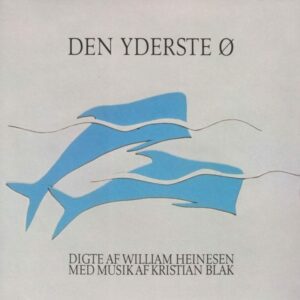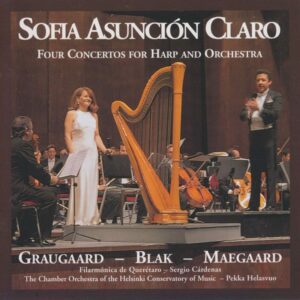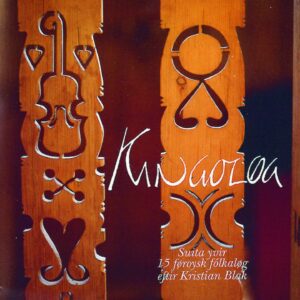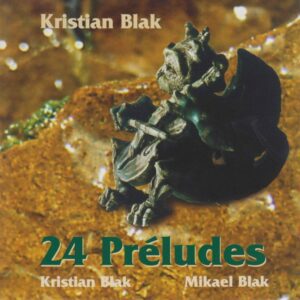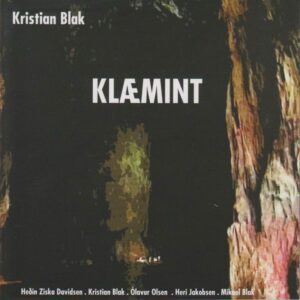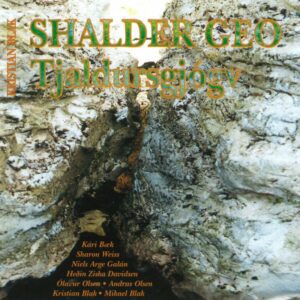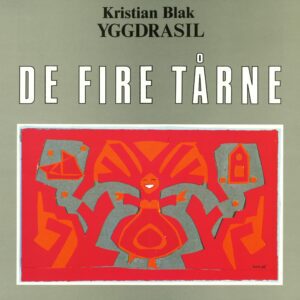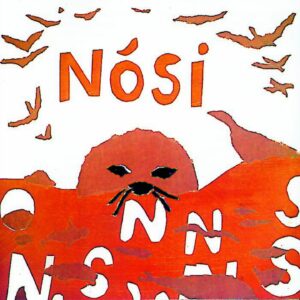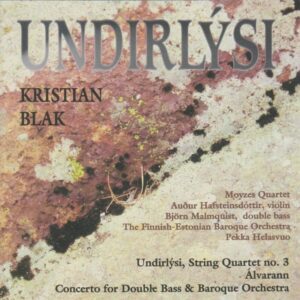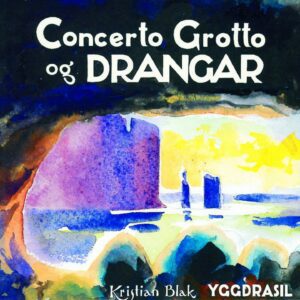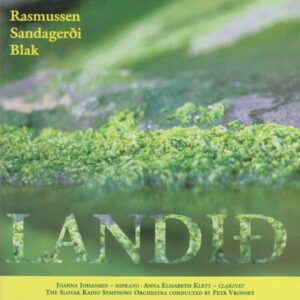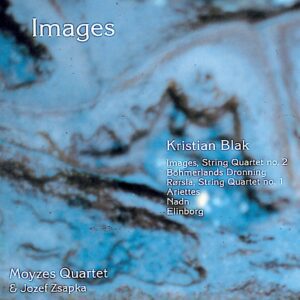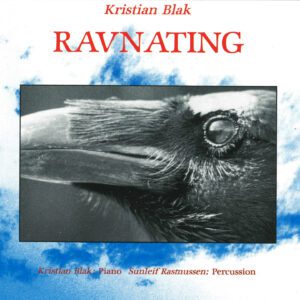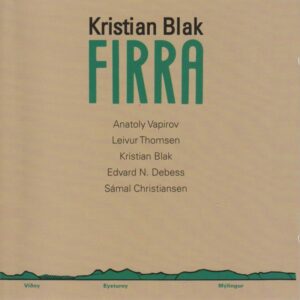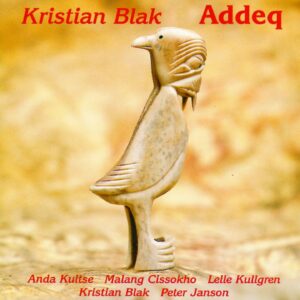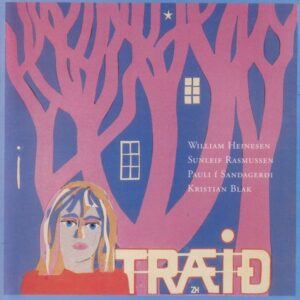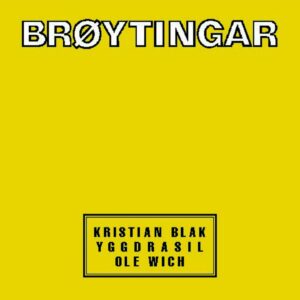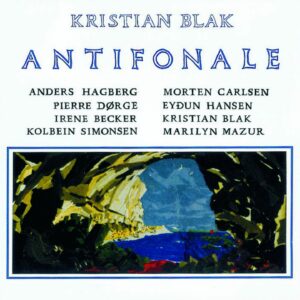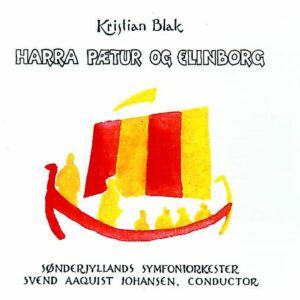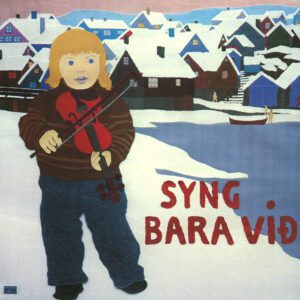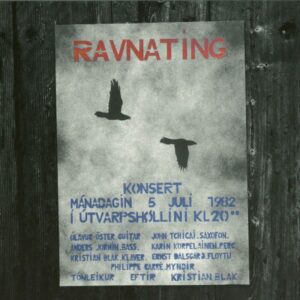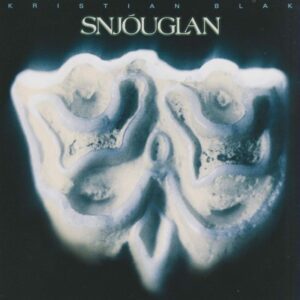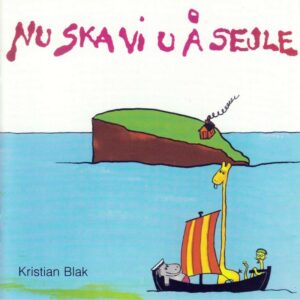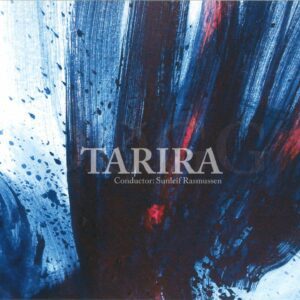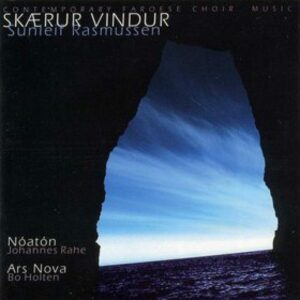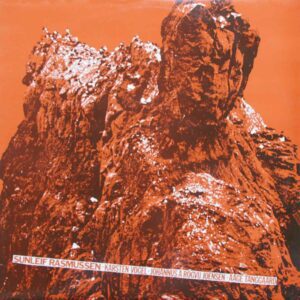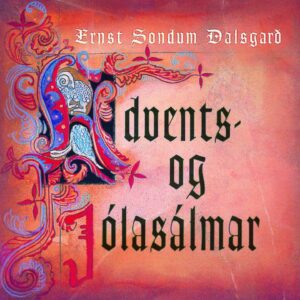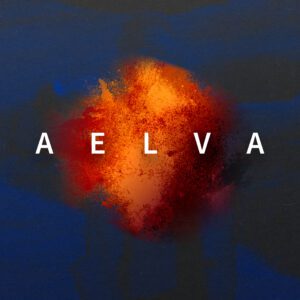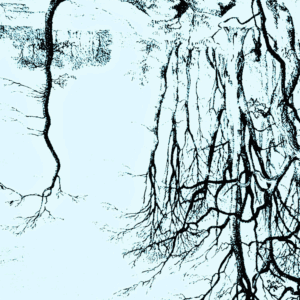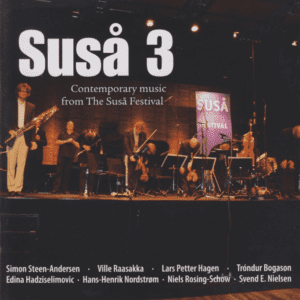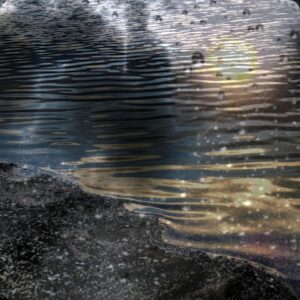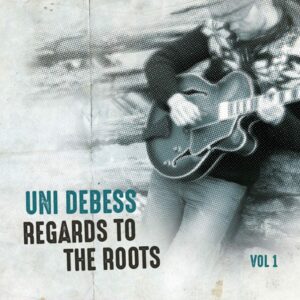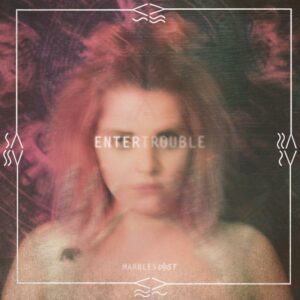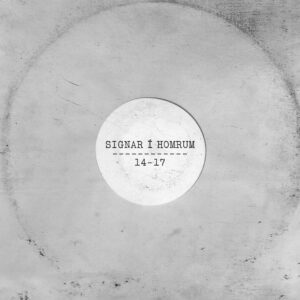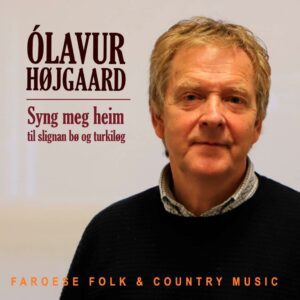Description
Ávaringar
All the works on this recording have been composed for flautist Ernst Dalsgarð or for ensembles of which he is a member. Ernst Dalsgarð was born in Velbastaður in the Faroe Islands in 1959. He received his soloist diploma from the Danish Royal Conservatory of Music in Copenhagen, where his teachers were Jens Boje Hansen, Poul Birkelund and Henrik Svitzer. Ernst Dalsgarð has performed in all the Scandinavian countries.
Tracklist
1. The Naked Destruction
2. Harpu Ríma
3. Trio
4. Ávaringar I / Warnings I
5. Sekstett / Sextet
6. Floytukonsert / Flute Concerto
Released on the following formats:
CD and digitally on all major platforms (Spotify, Apple Music, etc.).
You can check it out by using this link: https://bfan.link/avaringar
1. The Naked Destruction (Sunleif Rasmussen) 1990
“In 1989, I received a commission for a piece for flute and chamber orchestra from Ernst Dalsgarð. This gave me the opportunity to work, through music, with some thoughts concerning the present narcissistic tendencies, a matter which had preoccupied me for some time. Consequently, I decided to let the flute and the orchestra represent opposing musical material. The further I got into the process of composing, the more it became obvious to me that soloist and orchestra, through internal battle, would inevitably affect each other’s musical material. The title of this piece is a quotation from a poem by Faroese writer Rói Patursson: Text of our time.”
– Sunleif Rasmussen
Flutes in C and G: Ernst Dalsgarð
Clarinets in Bb and Eb: Anna Klett
Horn: Páll Sólstein
Piano: Johannes Andreasen
Violin: Walter Gaffron
Cello: Anne Turner
Conducted by Svend Aaquist Johansen
Recorded November 1991 at Focus Recordings, Copenhagen.
2. Harpu Ríma (Kristian Blak) 1988
The melodic lines and tonality in Harpu Ríma are based on the traditional Faroese ballad of the same name. The ballad tells of a young girl who is killed by her jealous elder sister and thrown into the sea. A traveller finds her corpse and makes a magic harp of her bones, using her long hair for the strings.
Flute: Ernst Dalsgarð
Piano: Johannes Andreasen
Recorded November, 1991 at Focus Recordings, Copenhagen.
3. Trio (Kristian Blak) 1985
Flute: Ernst Dalsgarð
Clarinet: Anna Klett
Bassoon: Jógvan Zachariassen
Recorded June, 1991 at Útvarp Føroya, Tórshavn.
4. Ávaringar 1 / »>Warnings I« (Sunleif Rasmussen) 1986 repr. 1989
Ávaringar I for flute and piano is the first of a series of pieces yet to be completed for piano and one other instrument. The basic idea of these »Warnings<< is that the musical material, at conception, warns of what is to come.
Flute: Ernst Dalsgarð
Piano: Johannes Andreasen
Recorded November, 1991 at Focus Recordings, Copenhagen.
5. Sekstett /»Sextet« (Kristian Blak) 1991
The three movements in this piece are all based on traditional Faroese hymns: »O, ægtestand« & »Når jeg betænker den tid og stund« (first movement) and »Som den gyldne sol frembryder« (third movement) reflect the complex singing style of the northern villages, while »Et lidet barn så lystelig«, on which second movement is based, represents the more diatonic tradition of the southern region of the Faroe Islands.
Horn: Páll Sólstein
Piano: Johannes Andreasen
Recorded November 1991 at Focus Recordings, Copenhagen.
6. Floytukonsert/ »Flute Concerto« (Kristian Blak) 1987
This concerto for flute and orchestra was first performed in Tórshavn in 1988 with Ernst Dalsgarð as soloist. The melodic and harmonic material of the first movement is based on overtones and multiphonics played by the flute, while the second movement has a more rhythmic structure. The flute concerto is the first of several concerti that Kristian Blak is composing for Faroese soloists.
Flute: Ernst Dalsgarð
With The Danish Radio Concert Orchestra
Conducted by Svend Aaquist Johansen
Recorded June 1991 at Danmarks Radio, Copenhagen.



